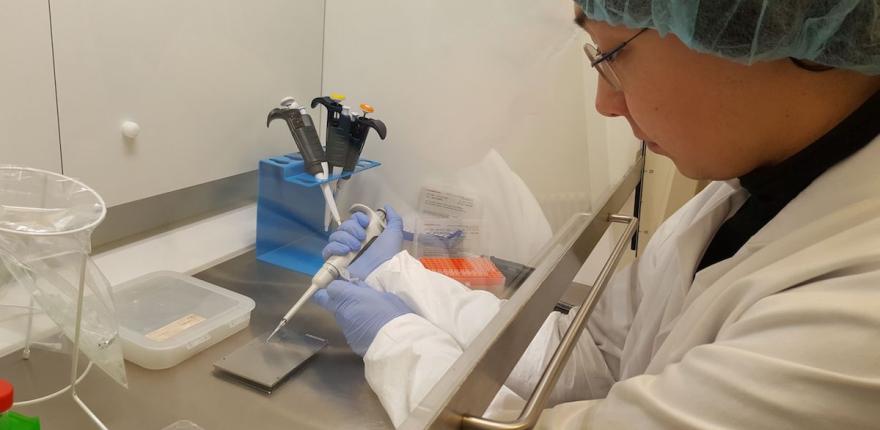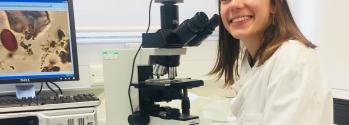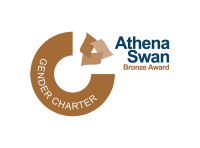

What is archaeological science?
Simply put, archaeological science is the development and application of scientific techniques to the analysis of archaeological materials. The classic example is the use of radiocarbon decay to provide a robust chronology enabling us to examine the timing of different cultures across the globe. Many other scientific methods, from imaging to physical, chemical and biological analysis have been enthusiastically embraced by archaeology, as they often provide the best means to understand the date, geographic origins, manufacture and use of the artefacts we study, as well as the ancestry, diet and life-histories of past humans, animals and plants. The dramatic success of these approaches has meant that the interface between archaeology and other sciences is increasingly fluid, and at Cambridge we strive to lead this integration of cutting-edge archaeology with novel scientific methods. Archaeological science is therefore at the forefront of interdisciplinary research highlighting ethical challenges and practicalities of shared knowledge creation. Archaeological science now reaches into almost every area of the discipline and explores big themes: how we have shaped the world and our resilience to catastrophe, the deep history of technological inventions, domestication, and migrations which define our modern world. As analytical precision and speed of measurement increase and datasets expand (fuelled by the open science movement) an increasingly important element of archaeological science is the interrogation and analysis of data using advanced computation.
What do archaeological scientists do?
Archaeological scientists face both the challenges and the opportunities of working at the interface of humanities and hard sciences. They have to understand the theories and questions that guide archaeological research as well as the foundations and uses of the scientific techniques they employ. Some archaeological scientists spend most of their time in the lab, for example conducting genetic analyses or optimising calibrations for chemical analyses of archaeological materials; others spend much time in the field, for example collecting soil samples for micromorphological analyses or advising on conservation and restoration of freshly excavated materials; archaeological scientists are also often found in museums and archives doing scientific analyses with portable spectrometers and other equipment. Some specialists develop new methods and exploratory projects whereas others prefer the use of more established techniques that may demand less scientific background, or specialise in the computer-based modelling and analysis of data generated by others. Many archaeological scientists involve experimentation too, from small-scale laboratory tests to full-blown reconstructions of ancient technologies.
Archaeological scientists at Cambridge come from all kinds of backgrounds: from biology and physics through to archaeology and classics. They all share an interest in finding synergies and solving puzzles, fully aware that some of the parts may have been lost along the way, and that collaborative teams are essential to use our knowledge to its full potential. This is also reflected in our student cohorts, including students with a wide range of interests and skill-sets that often learn from each other as much as from their teachers. We teach archaeological science at undergraduate level but also through our specialist MPhil in Archaeological Science and PhD programmes.
What are the applications of archaeological science?
Archaeological science at Cambridge works in concert with other branches of the discipline, both within Cambridge and through an extended network on national and international collaborations. We advocate the integrated use of relevant scientific methods often combining organic and inorganic materials in order to enrich archaeological interpretation from single objects, to site contexts, societies and their global connections. For instance:
-
spatial analysis from fieldwalking surveys to satellite images is used to examine organisation and patterning of human activities, and their interaction with past landscapes
-
analysis of soils and sediments provide insight into site formation and spatial variation over a range of scales
-
remains of plants and animals provide evidence of past environments and contain isotopic, genomic and proteomic records of diet, health and disease
-
we investigate the raw materials and production methods of ancient technologies to understand their organisation and change
-
at museums and archives we find a rich treasure trove of artefacts, but they must be understood in the context of the methods of past conservation and the current state of decay
-
large datasets of scientific data are increasingly available, and through an understanding of their mode of production we can integrate them to explore broader questions over greater length scales
Archaeological science trains you to apply scientific methods and tools to remarkable materials from our past. You will be taught the need to understand fundamental mechanisms, interpret generated data and be aware of how these can be distorted or overprinted by subsequent processes and (in some cases) conservation treatment. You will enhance your skills in reading and critical thinking. Depending upon your area of interest you will learn analytical skills and methods of interpretation, data processing, and statistical inference. You will appreciate the potential and limitations of different scientific methods to help understand the past. As analyses are often destructive you will need to confront ethical dilemmas within the discipline. You will learn how to work within a large team and to communicate your knowledge to non-scientists. Archaeological scientists, therefore, have a unique mix of transferable skills spanning the humanities and sciences.



